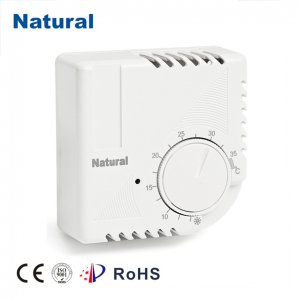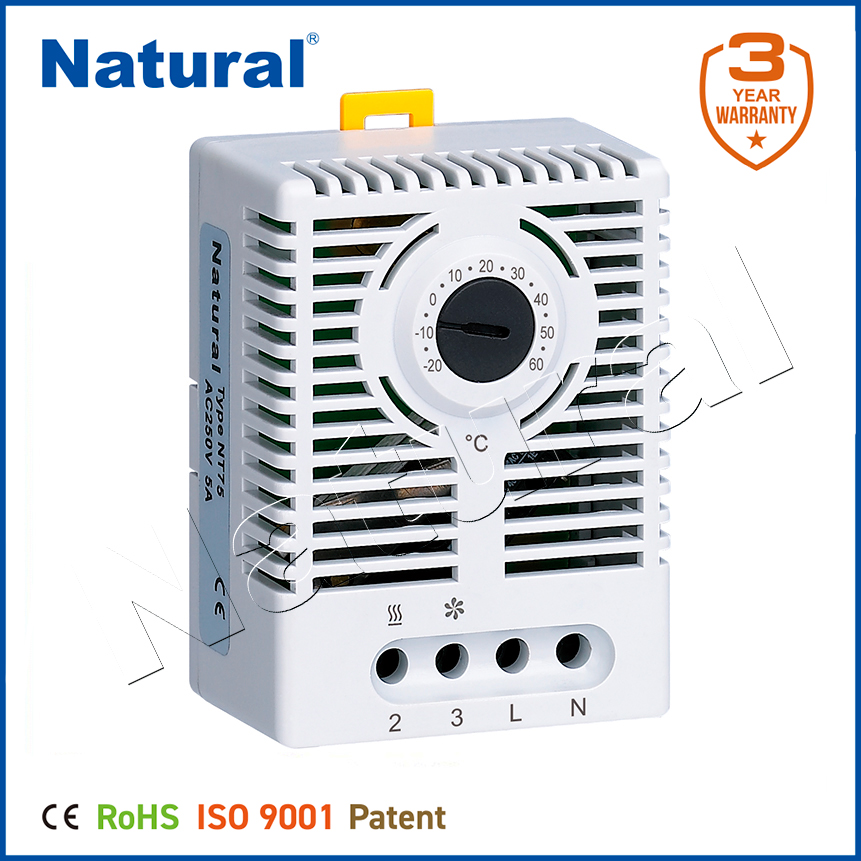An adjustable thermostat is a device designed to regulate and maintain the temperature in a building or space, ensuring a comfortable and energy-efficient environment. It allows users to set a specific temperature and automatically adjust the heating or cooling system to meet that requirement. Over the years, adjustable thermostats have evolved into an essential tool in homes, offices, and industrial settings, offering numerous advantages ranging from energy conservation to enhanced comfort.

The Functionality of an Adjustable Thermostat

At its core, an adjustable thermostat works by monitoring the room’s current temperature and comparing it to the set desired temperature. If the temperature deviates from the preset value, the thermostat triggers the heating or cooling system to adjust the temperature accordingly. This ensures that the space remains within a comfortable range, whether it’s keeping the room warm during winter or cool in the summer. Modern adjustable thermostats come with a range of features, such as digital displays, Wi-Fi connectivity, and programming options. Some models even offer the ability to learn from user habits, adjusting the temperature based on past patterns, time of day, or even geographical location. These intelligent features make adjustable thermostats a key component in optimizing energy use while ensuring comfort.
